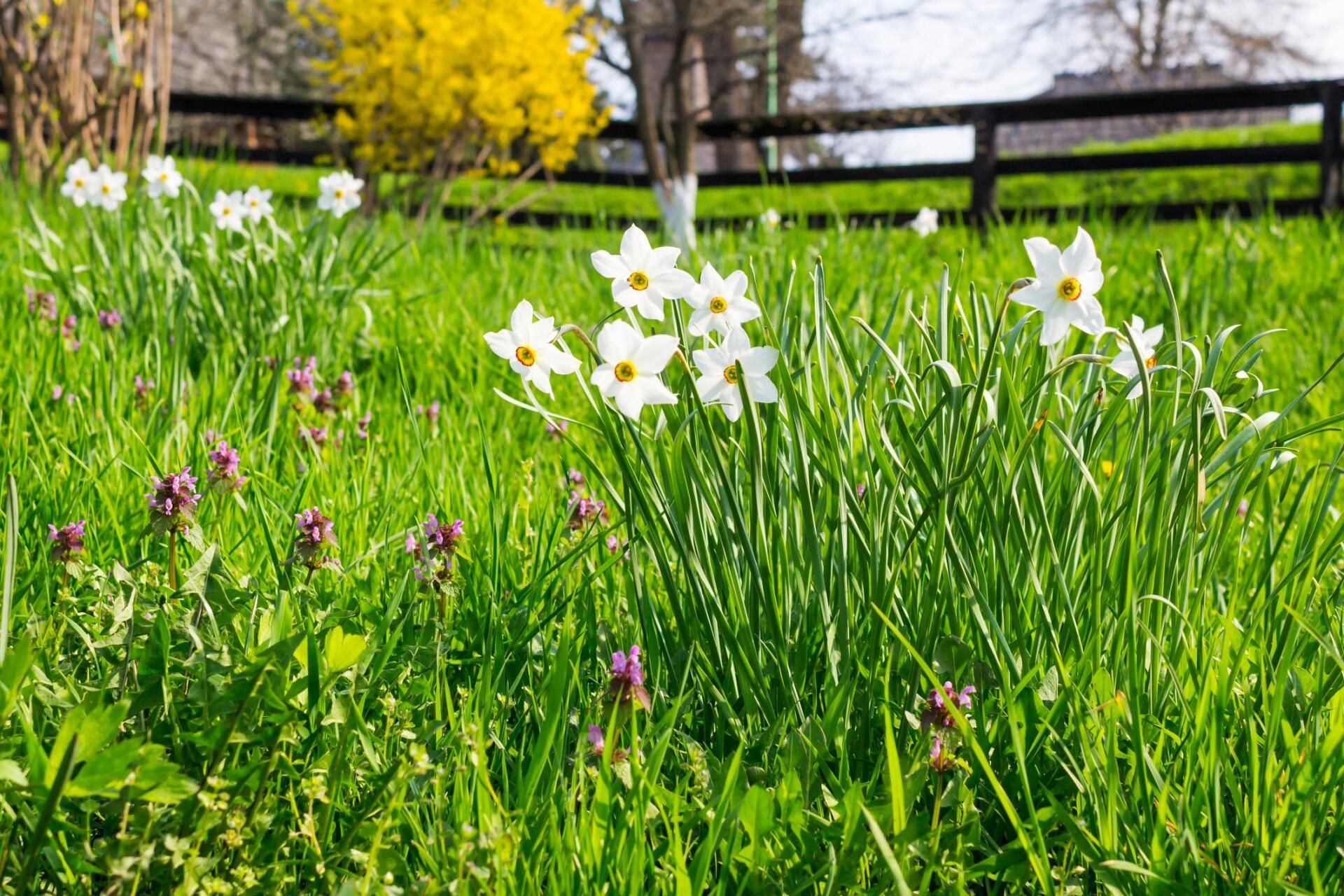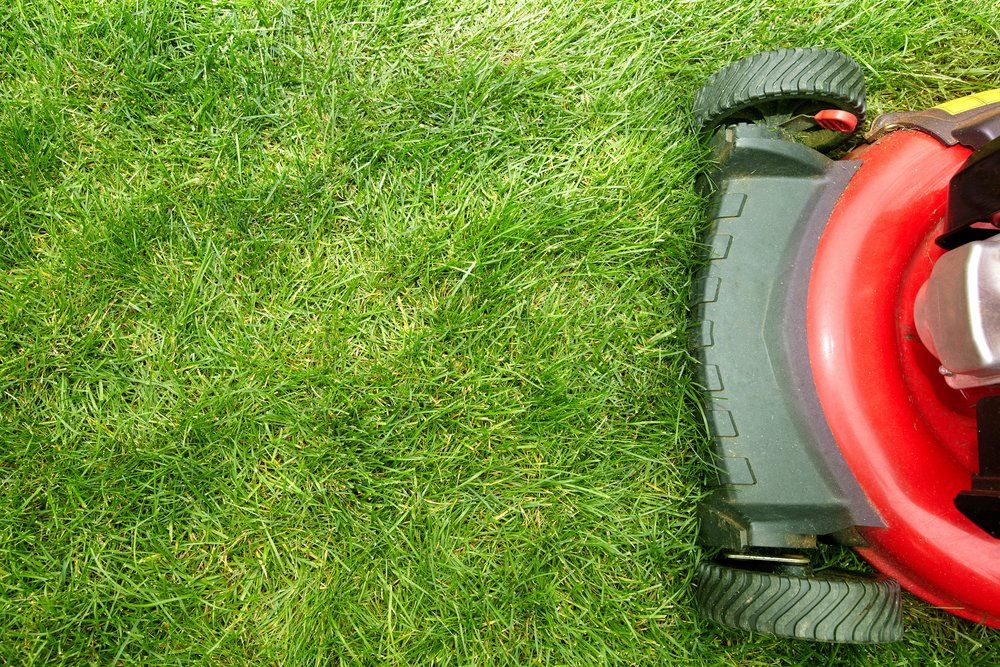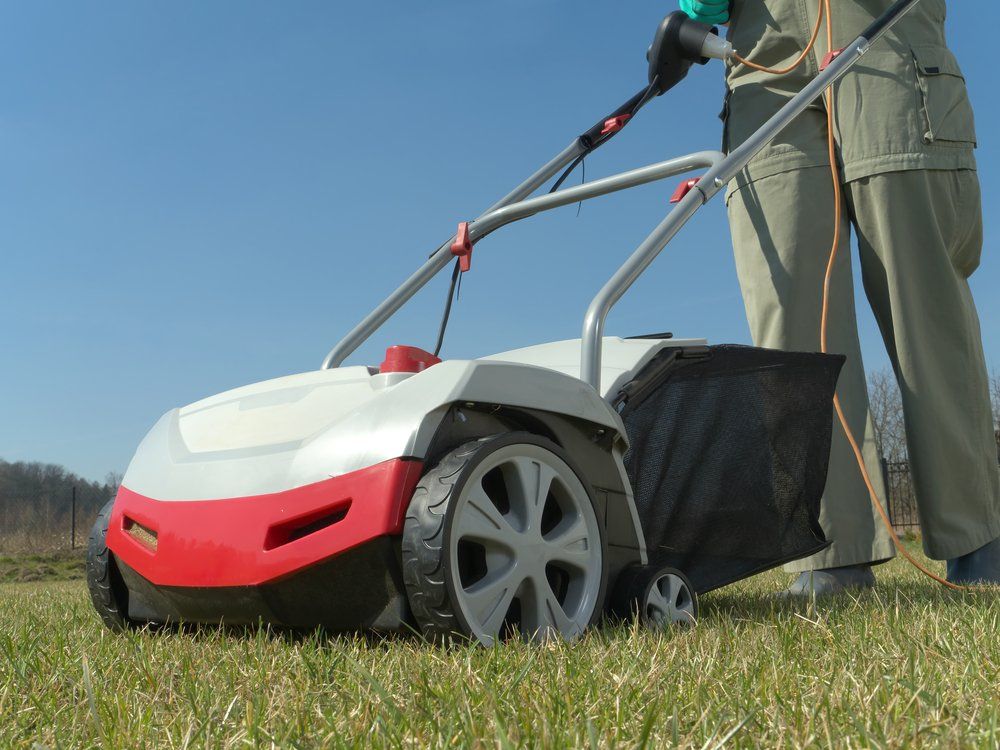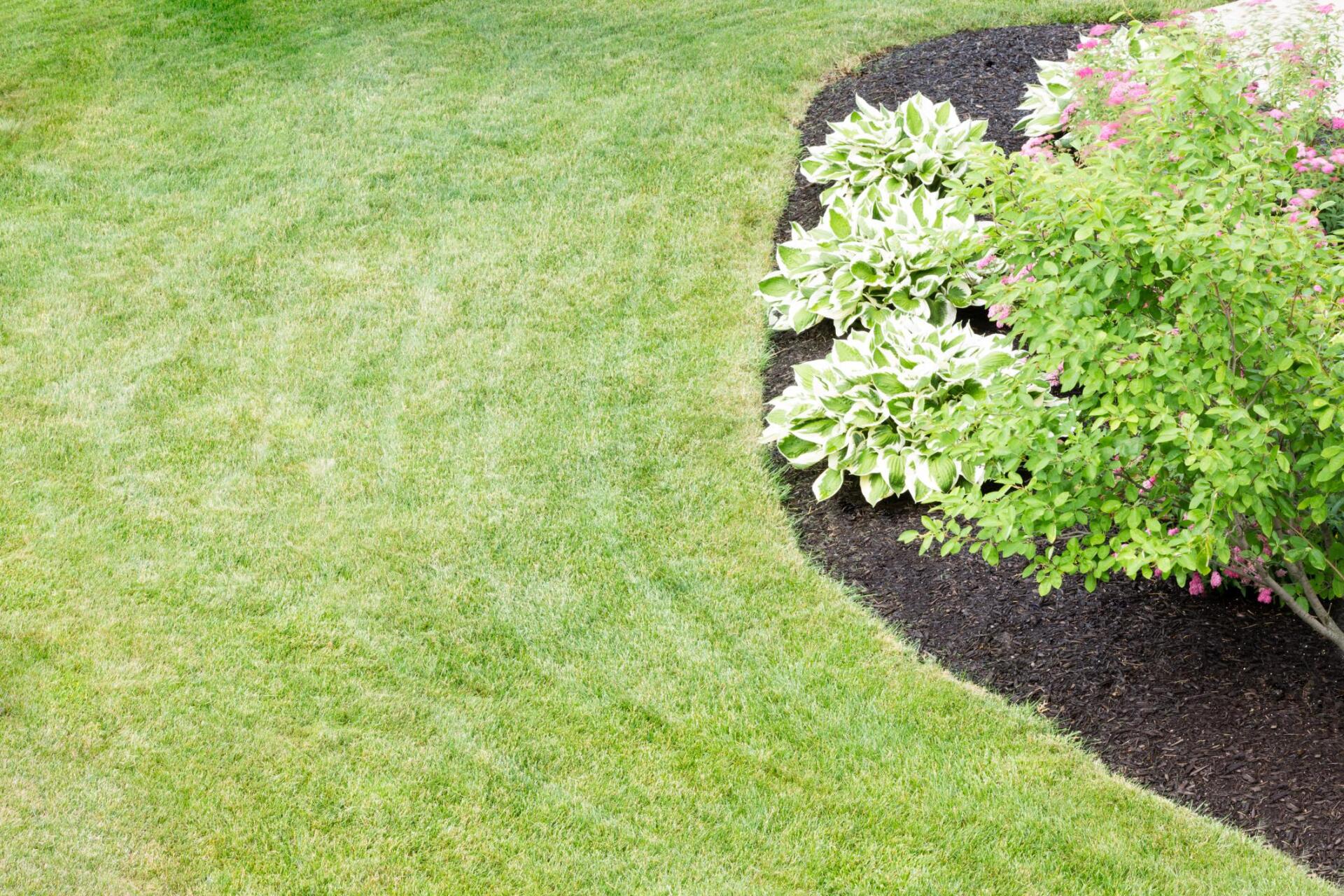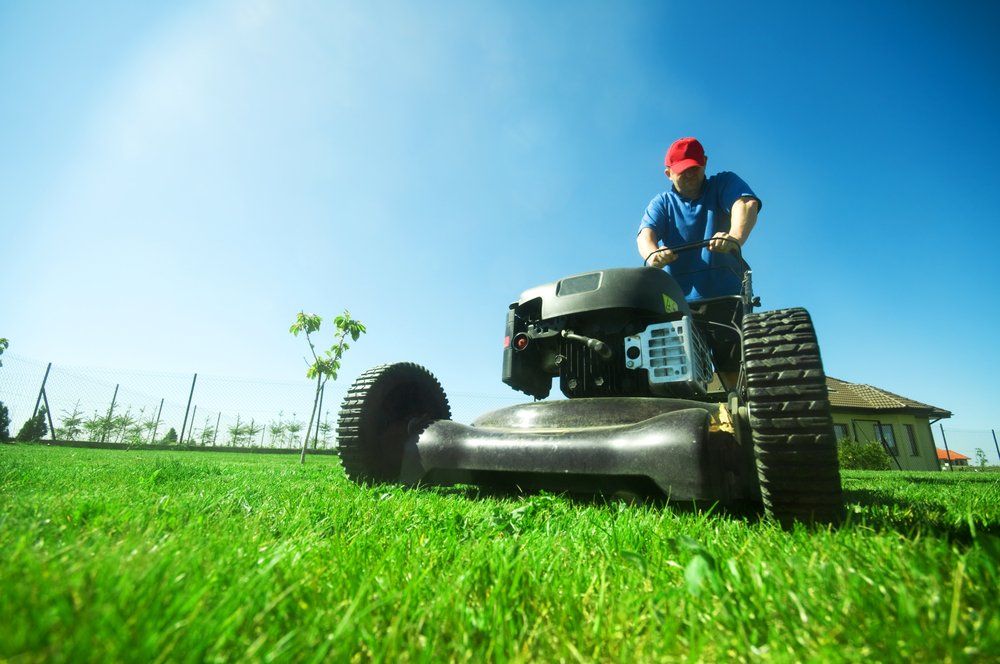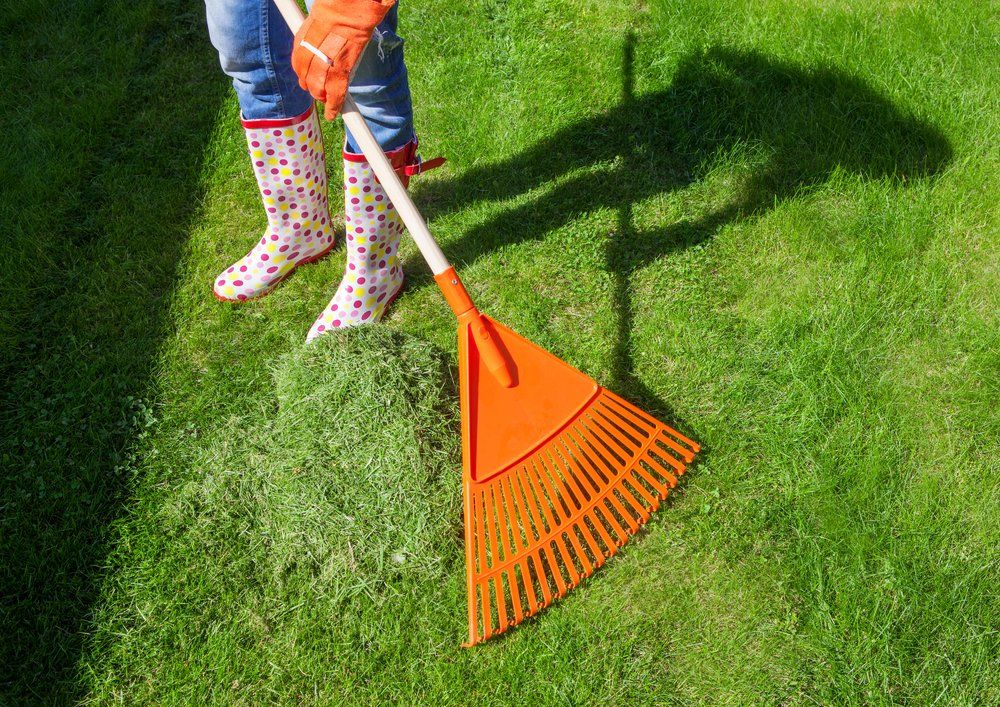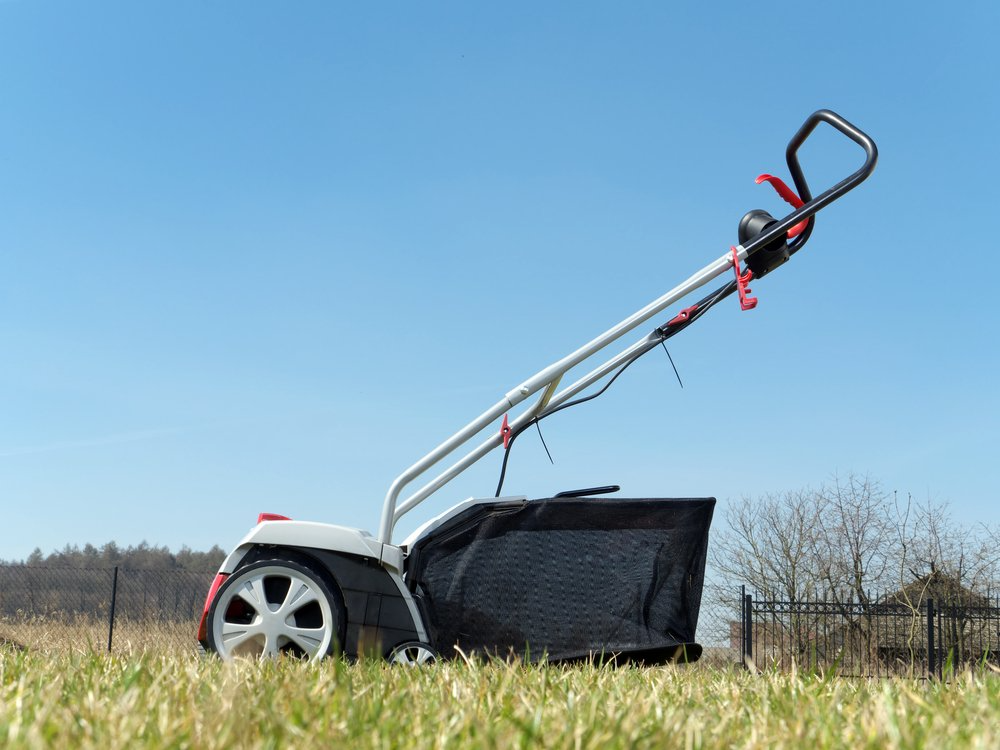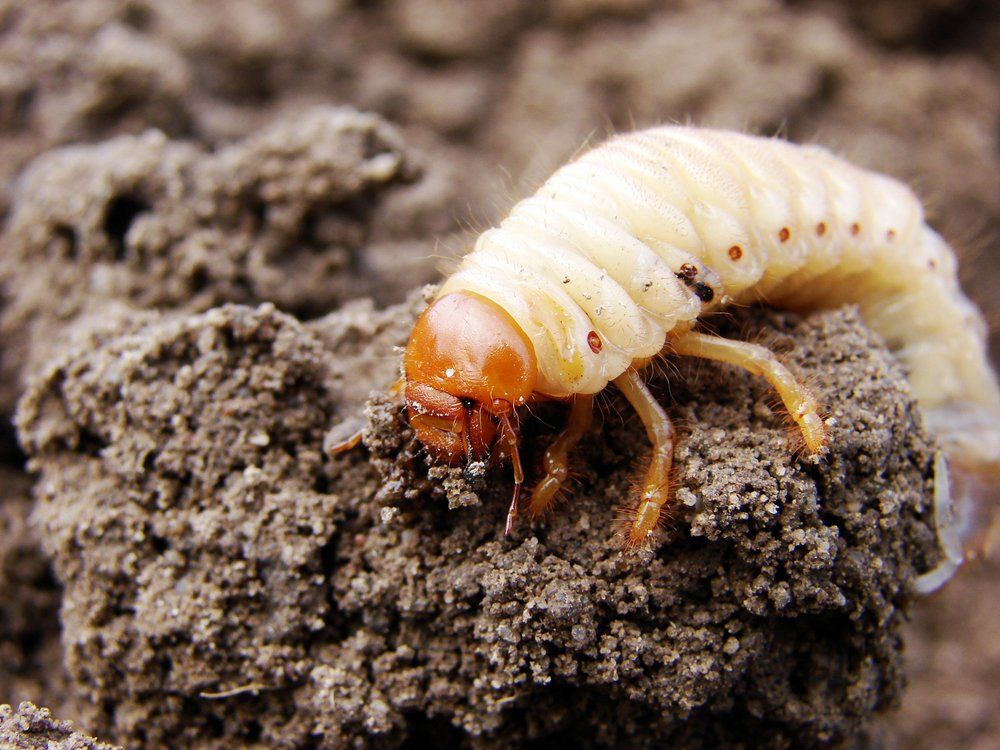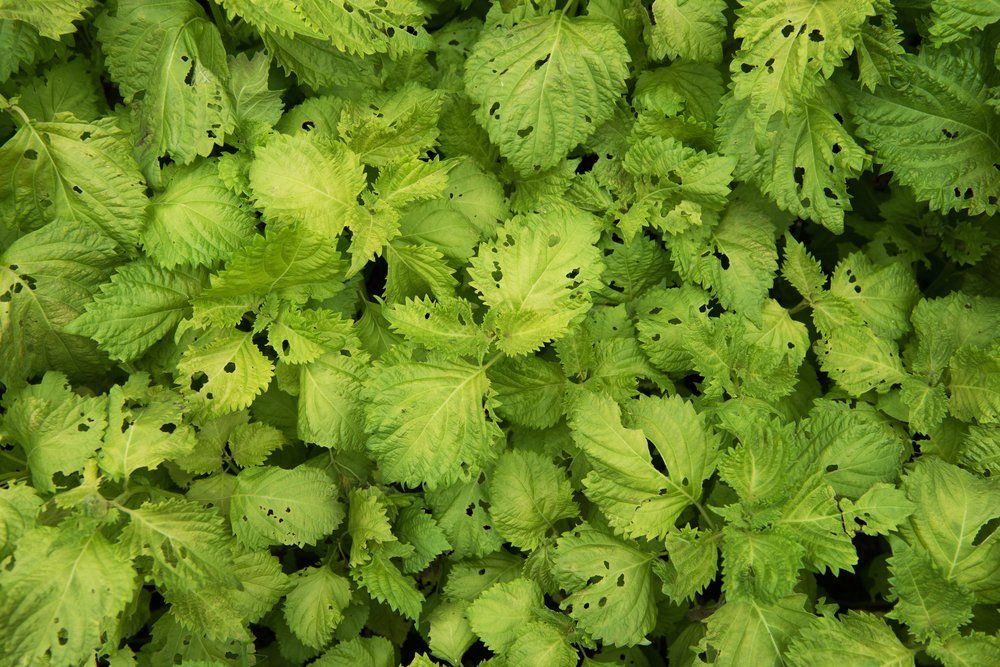Mowing Strategy For A Healthy Lawn
The mowing strategy for a healthy yard starts with cutting the grass weekly or more often depending on how much dry weather we experience during that week; this will help reduce weeds from popping up too quickly as well give them less room to grow since their stems don't get layers upon layer like most other plants to do when given plenty of water each day (this includes trees!). Once those original shoots are gone - which usually happens by early July here- our blades should stay sharp enough all throughout August until September where they'll start getting blunt again around mid-October.
Aerating, edging and power raking can be done in order to keep your lawn looking at its best but it's important not to overdo any one thing because you want to make sure the grass actually has a chance to grow and thicken up. Weeds, on the other hand, can be pulled by hand or killed with an herbicide but only if they're really taking over; it's best not to use too much of those products since they might end up killing the grass as well.
Having a healthy lawn means paying attention to all aspects of its care - from mowing height to watering schedule!
Weekly Cutting
Mowing the lawn at the correct height is important for the overall health of the grass. The best height to cut the grass at is usually 3 inches. If the grass is shorter than that, it will not be able to photosynthesize as well and could lead to weed growth. If the grass is taller than that, it can become susceptible to disease. If the grass is too tall, it can also be harder to cut.
Here are some tips from our experts on how best practices can be followed in order to have a healthy, attractive yard all year round! - Make sure that there are at least 2 inches (5 cm) of grass for every inch (2 Jumissing). This gives enough plants room so they don't appear Budded up against fences etc., which happens quickly if less than sufficient height exists between blades; also remember not to use.
The edgers should not overlap one another when working around a corner or flowerbeds. Edging should only take place after mowing because if left until after edging, there would likely already be bare spots from which you could accidentally uproot new shoots while edging into them. This will lead to thin areas in your yard where weeds can quickly establish themselves as well as easily visible paths which make it more difficult for grass seeds to grow over dead stretches of ground since they'll always have fresh soil scratched up right next to their leaves instead of dirt with deep layers full of nutrients like other plants have.
Power raking the lawn can be helpful in some cases, but if not done properly it will lead to further damage and a tougher time getting grass seeds to grow over new areas of soil that are left bare from being power-raked too harshly or for an extended period of time. If one chooses to power rake their yard then they should do so while wearing boots with steel toes on them since edging is going to follow no matter what due to all those paths created by the power rake which would make edging almost impossible later after dead spots get filled up again.
Aerating, edging and power raking can be done in order to keep your lawn looking at its but it's important not to overdo any one thing because you want to make sure the grass actually has a chance to grow and thicken up. Weeds, on the other hand, can be pulled by or killed with a but only if they're really taking over; it's best not to use too much of those products since they might end up killing the grass as well.
One of the best ways to have a healthy lawn is by mowing it weekly. Maintaining your yard's grass height and density with regular trimming can help prevent weeds, retain moisture in the soil that leads to healthier plants all around you (and less pest activity), cut down on wind- Effects like shorter dry periods before rain or strong winds which might otherwise damage crops, etc.; lastly but not least importantly: Keeping an eye out for any potential problems early could save everyone time later!
Watering Schedule
There are many factors that can affect plant health and growth, including watering schedules.
Before planting a garden or field with new seeds, germinate them in pots of potting soil at room temperature for 12-24 hours depending on the type; this will allow their roots time to develop before transplanting into a larger container lined with soft material such as sphagnum moss or peat moss which allows greater absorption capacity than dry sand does (not required but beneficial).
There's a lot of information on watering schedules, but it can be tricky if you're not sure what is best.
A good way to start might just be by checking your local weather forecast and seeing when there are expected rain storms next week or two - this will give an idea as far downrange as how much moisture should exist at any given time while also giving insight into whether or not plants would prefer less frequent application times vs more infrequent ones like daily.
It is also an important aspect of having a healthy lawn. A good watering schedule consists of watering the lawn deeply but not too often. The deeper the water goes, the more roots the grass will grow. The less often the lawn is watered, the less chance there is for the water to be wasted.
Watering the lawn early in the morning or after sunset can help keep moisture from being lost due to evaporation. This is especially helpful for those who have a tendency of forgetting about watering their lawn, although it's best not to risk leaving your hose out overnight if there are pets around since they will likely drink all the water before you wake up!
It's also important that when going away on vacation one should have someone come over and take care of their yard. Keeping an eye on plants while gone helps prevent damage from people edging too close to them which could lead to weeds taking hold faster than other plants would under similar circumstances; obviously, this applies mostly only if the edging isn't done properly but even then that person might end up edging in a way that damages the grass if they're not aware of edging etiquette.
If all else fails, and you cannot hire someone to take care of your yard, try talking with neighbors about taking turns doing each other's edging for them when necessary. This will prevent damage from being done when trying edging around their plants or flower beds while also preventing weeds from popping up too quickly due to lack of edging work during dry weather periods were regular mowing wouldn't be possible either!
Weeds vs Grass
There are two types of plants that can grow in your lawn: weeds and grass. Grass grows toward the sunshine, while weeds send out roots from any dark spot where there has been moisture recently, so they don't compete for resources; this is why we want our yard covered with as many green blades as possible!
The edging strategy for a healthy yard starts with cutting the grass weekly or more often depending on how much dry weather we experience during that week; this will help reduce weeds from popping up too quickly as well give them less room to grow since their stems don't get layers upon layer like most other plants to do when given plenty of water each day (this includes trees!). Once those original shoots are gone - which usually happens by early July here- our blades should stay sharp enough all throughout August until September where they'll start getting blunt again around mid-October.
The best way to prevent weeds from popping up is by keeping the lawn healthy and free of debris. A well-maintained yard will have less room for weeds to grow, and they will be easier to remove when they do pop up.
Dry weather considerations
In order to keep your lawn healthy during dry weather spells, it's important to water it regularly. However, you should avoid watering your lawn too much, as this can damage the grass and encourage weed growth.
You can tell if your lawn needs water by checking the soil moisture levels. If the top inch of soil is dry, then your lawn needs water. You can water your lawn by hand or with a garden hose, but it's best to water it early in the morning or evening so that the sun doesn't evaporate the water too quickly.
When the weather is dry, it can be a challenge to keep your lawn green and healthy. Watering daily or every other day will help maintain good turf quality through droughts.
If you're going away on vacation, be sure to have someone come over and water your lawn for you. Otherwise, the grass may die and weeds will take over.
When the weather is dry, it can be a challenge to keep your lawn green and healthy. The following are some tips for keeping up with seasonal changes in California's Central Valley: -Watering daily or every other day will help maintain good turf quality through droughts
Blade Sharpness
Mowers with dull blades run the risk of cutting grass more than once, which can lead not just to decreased efficiency but also an increased injury from overheating and wear-and-tear on motor parts due to mower fail-safe mechanisms kicking into gear when they should otherwise stay switched off (for safety). That's why it is important that you tune up regularly or at least do basic maintenance like oiling moving components every few riding seasons; this will ensure optimal performance throughout the summer months without sacrificing chore satisfaction!
I'm sure you're all aware of the importance of maintaining your lawn's sharpness. When it comes to cutting grass, a dull blade will result in less productivity and higher costs for fuel.
As summer approaches most people have their minds focused on one thing: planting seeds into soil so they can start seeing results from those hard-worked plants before winter comes knocking at our doorsteps. However, did ya know that if we take care, maintaining healthy blades means increased performance!
Weed Control Methods
Mowing your lawn is one of the most common ways that people try to control weeds. But this can be difficult if you have a large area and want it to look good, so here are some other options for controlling weeds in different areas around homes or businesses:
Relative humidity - check out weather forecast from five days ago before deciding what day will work the best Mop heads- replace them every 3 months Fertilize flowers only when necessary Water thoroughly after rainstorms Remove dead plants immediately Bug bombs (apply sparingly).
Cutting down on watering deep roots weed types such as dandelion etc., this might encourage survival sprigs which then flower into new seedlings Promote soil fertility through careful tillage techniques Avoid cultivating where there's been significant
Final Thoughts
Suggested methods for weed control are edging, aerating, power raking. This article points out how to get rid of weeds without resorting to strong chemicals. Edging, aerating, and power raking all leave the soil more exposed to sunlight, which can kill weeds. Avoid cultivating where there's been significant weed growth in the past year; this will only encourage them to grow back stronger than before!
If you want a healthy lawn but hate using common chemicals like Roundup or others that may be potentially harmful to your family, pets, and local wildlife edging is one of several viable alternatives: it creates an edge between the turf area and the "weedy" part of your property while also removing excess vegetation such as clovers growing on top of newly seeded areas.
Aeration helps prevent invasive perennial weeds by speeding up their demise through drying out, and power raking removes dead grass and leaf litter while also levelling the surface - which can be very beneficial for those who struggle with moss problems.


